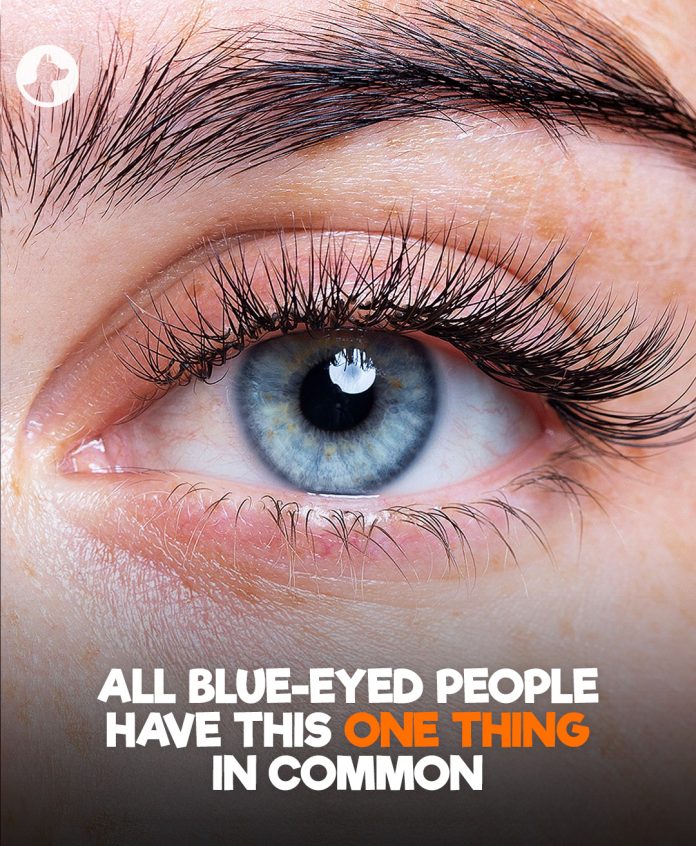The Surprising Common Trait All Blue-Eyed People Share
Blue eyes are the second most common eye color in the world, and their origin is believed to date back 6,000 to 10,000 years. This distinctive shade of eyes emerged due to a genetic mutation, as humans originally had brown eyes, with variations in their shades. But blue-eyed individuals share more than just this unique eye color; they have several fascinating traits in common.
For one, people with blue eyes are more sensitive to light. According to Auckland Eye, melanin in the iris helps protect the eye’s interior from UV radiation and blue light damage. Since blue-eyed people have less melanin than those with darker eye colors, they are more prone to photophobia, or abnormal sensitivity to light. While this may seem like a disadvantage, it’s important to remember that having blue eyes also comes with a number of positive traits.
A study conducted by Professor Joanna Rowe from Louisville University discovered that people with blue eyes tend to be better strategic thinkers, although she notes that the reason for this connection remains unexplained. Interestingly, many renowned individuals with blue eyes, such as Stephen Hawking, Alexander Fleming, and Marie Curie, are celebrated for their intellectual prowess.
But the most surprising revelation about blue-eyed people is the one thing they all have in common—something that might not be so obvious at first. Professor Hans Eiberg from the University of Copenhagen’s Department of Cellular and Molecular Medicine explains that a genetic mutation affecting the OCA2 gene in our chromosomes is responsible for blue eyes. This mutation essentially “turned off” the ability to produce brown eyes.
The mutation is believed to have occurred when humans migrated from Africa to Europe, around 6,000 to 10,000 years ago. According to a study by the University of Copenhagen, all blue-eyed people are descendants of one individual who carried this genetic mutation. While the identity of the first person with blue eyes remains a mystery, the fact that every blue-eyed person shares this mutation suggests that the gene’s origins are much more recent than we once thought.

Professor Eiberg’s research highlights that this mutation is part of the natural process by which the human genome is constantly evolving. As nature continues to shuffle human chromosomes, it creates new genetic combinations, leading to changes like blue eyes in certain individuals. So, despite the unique trait of blue eyes, it turns out that they all trace back to one very specific moment in human history.
In conclusion, the phenomenon of blue eyes is much more than just a striking physical trait – it’s a fascinating glimpse into our evolutionary history. The genetic mutation that led to the development of blue eyes is a relatively recent change in human history, occurring just a few thousand years ago, when humans began migrating out of Africa. The fact that every blue-eyed individual shares a common ancestor with the same genetic mutation is truly remarkable, offering a glimpse into how human genetics can evolve over time. While blue-eyed people may experience certain challenges, such as increased sensitivity to light, they also exhibit unique cognitive strengths, like strategic thinking, as suggested by studies.

What makes blue eyes so intriguing is not just their rarity, but also their deep connection to a single moment in human history, a single genetic change that has been passed down through generations. This finding challenges us to think more about how subtle genetic shifts can shape the world around us, making us all more connected than we realize. Whether it’s the beauty of the eye color or the complex genetics behind it, the story of blue eyes serves as a testament to the unpredictable and wondrous nature of human evolution. It reminds us that even the most common traits can hold incredible significance and offer new insights into our shared heritage.

















